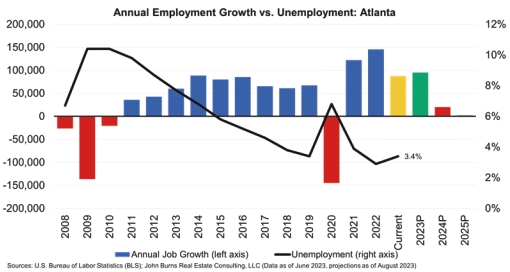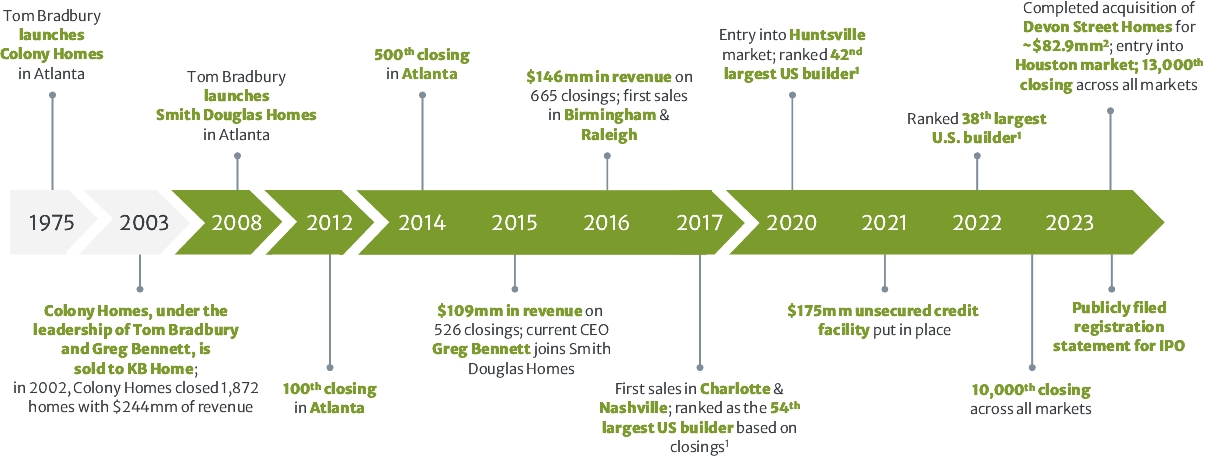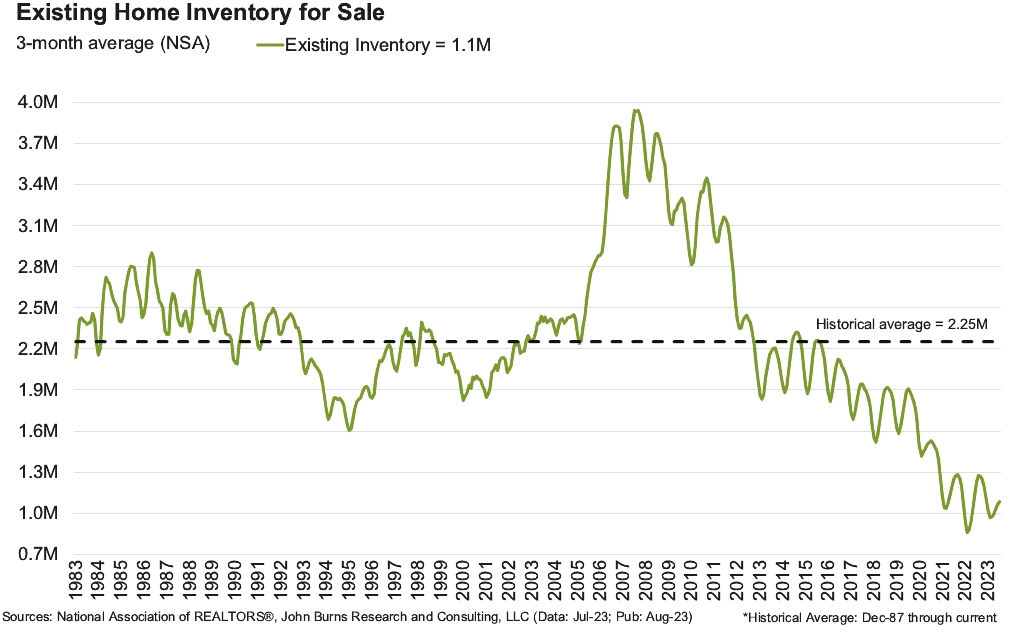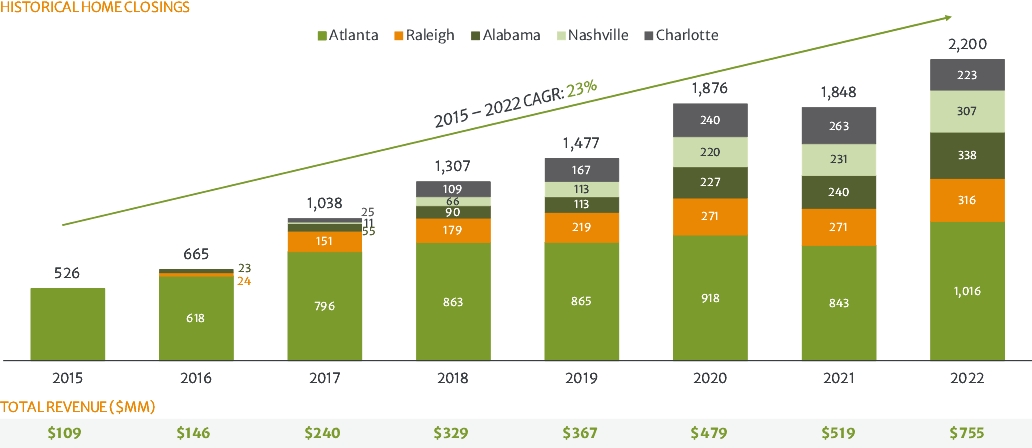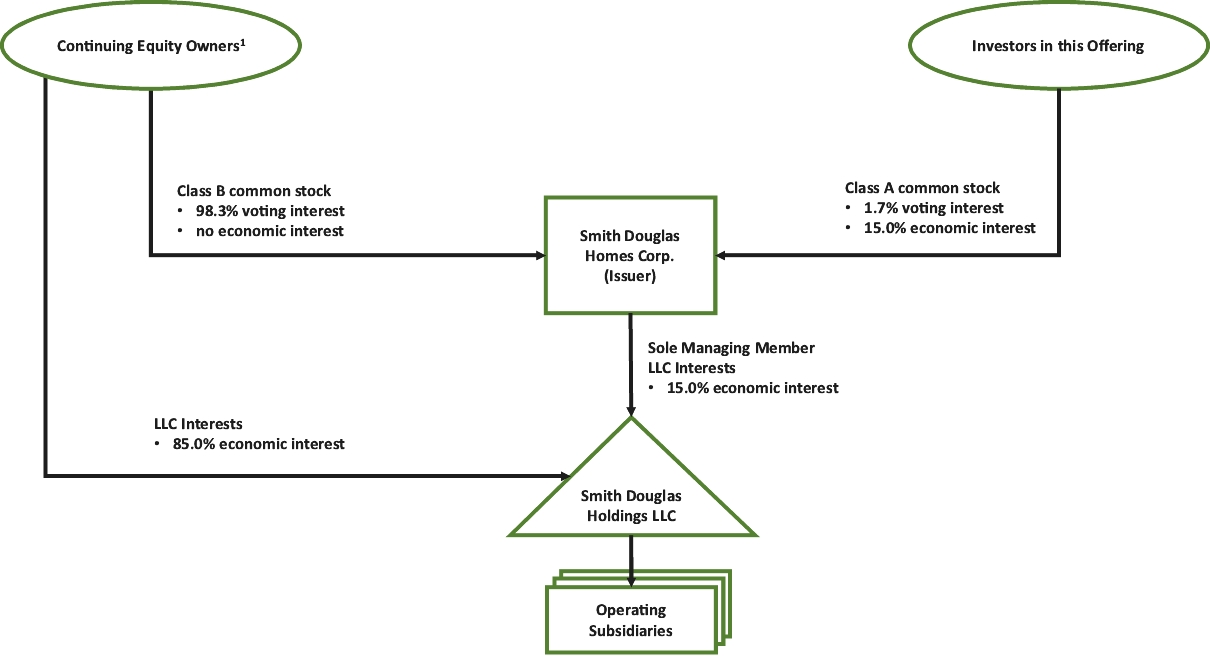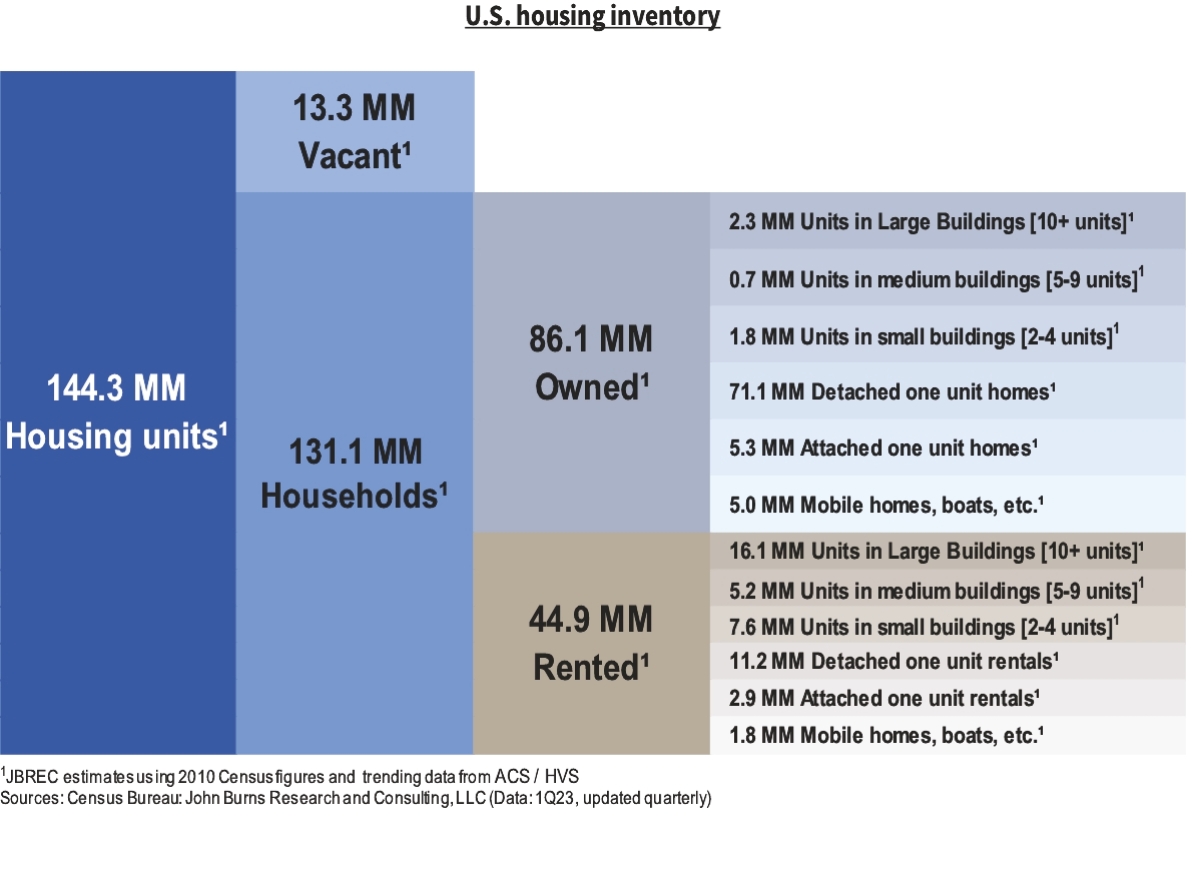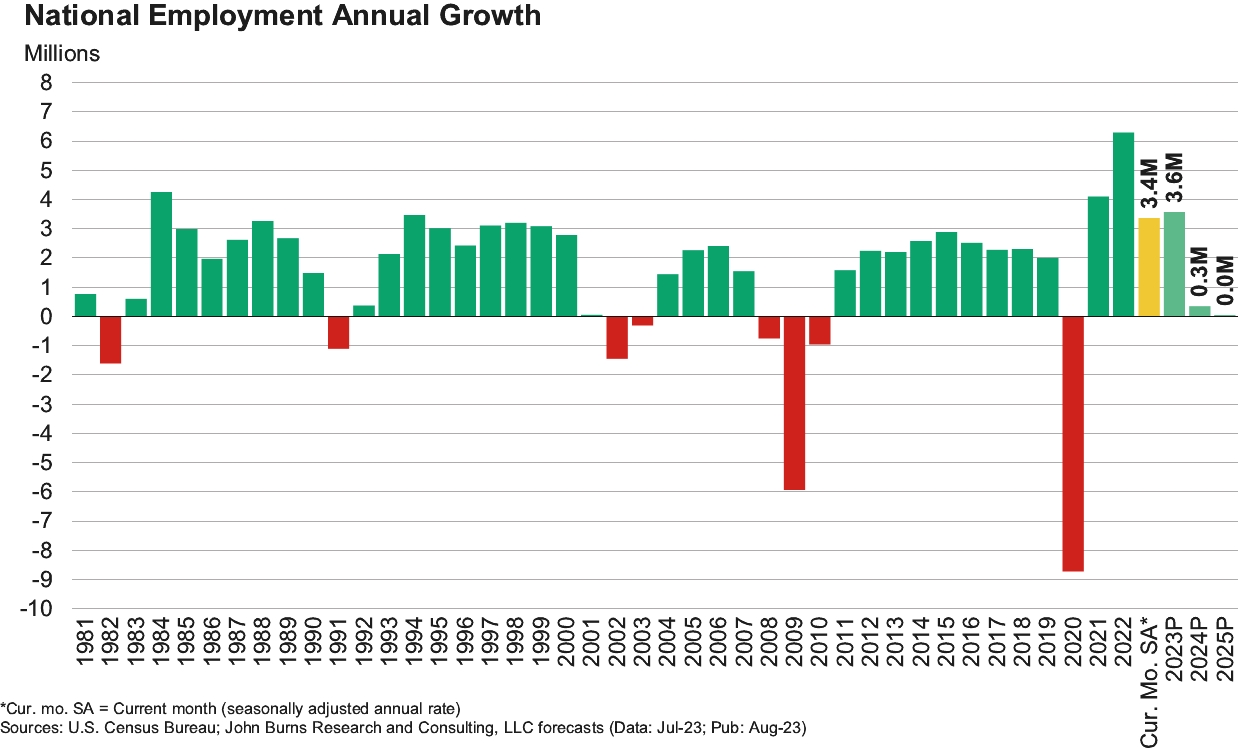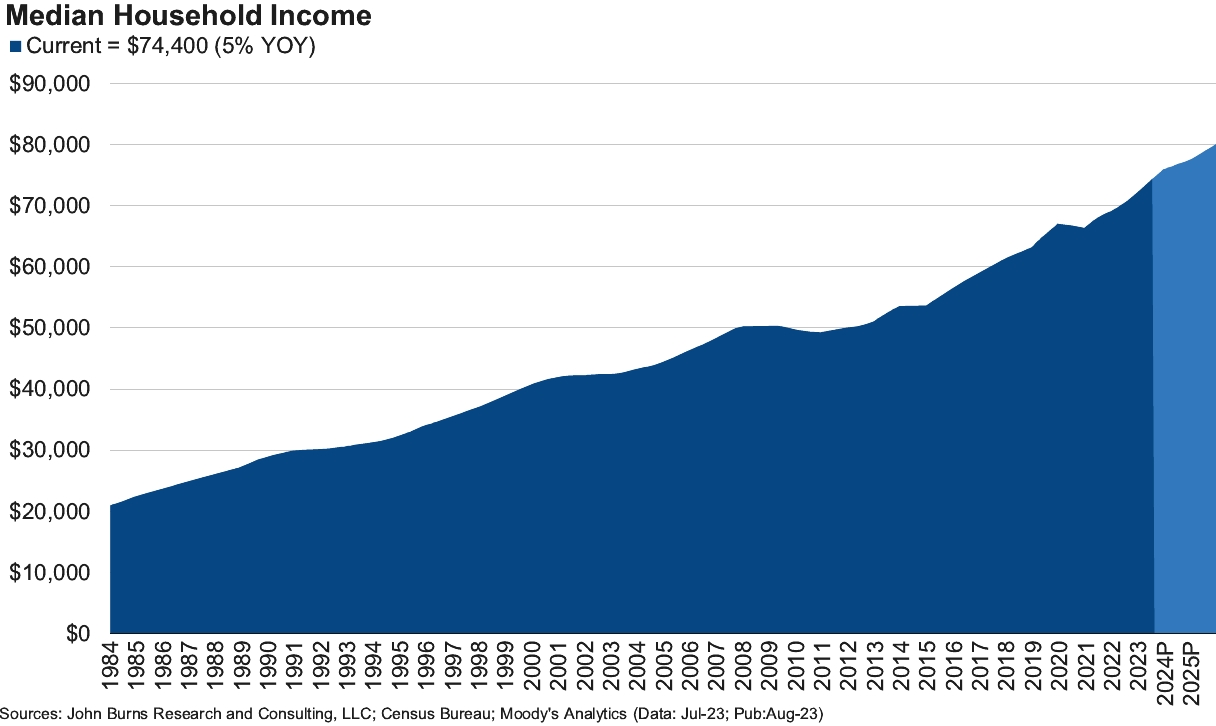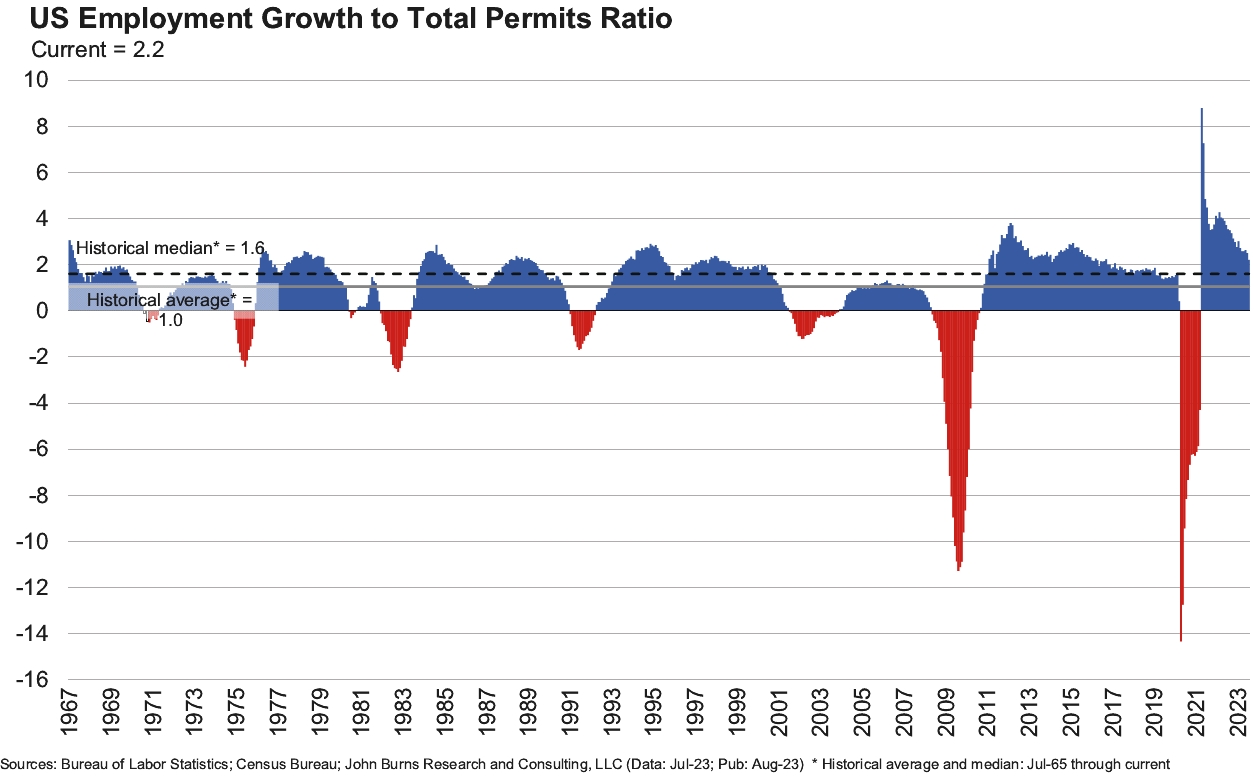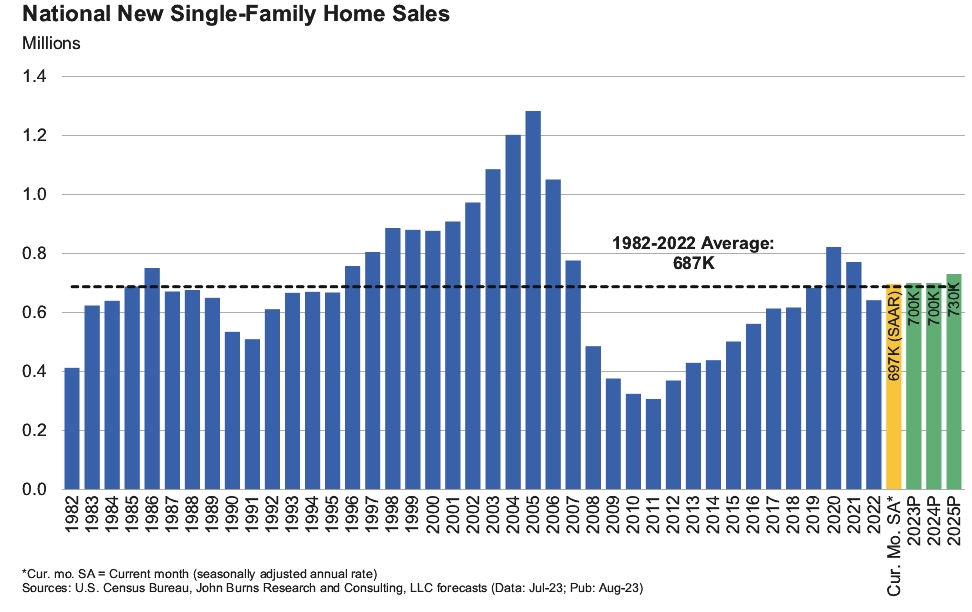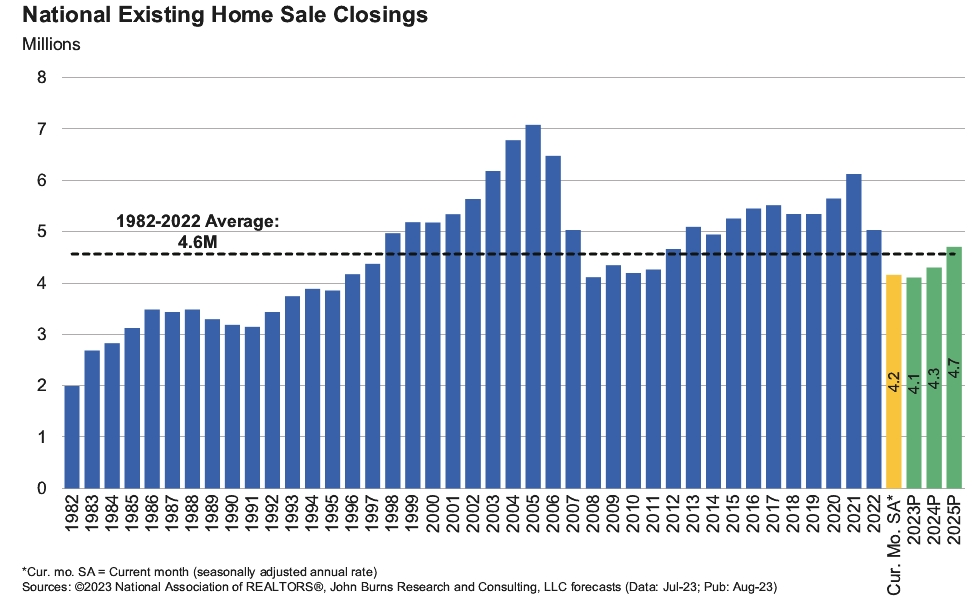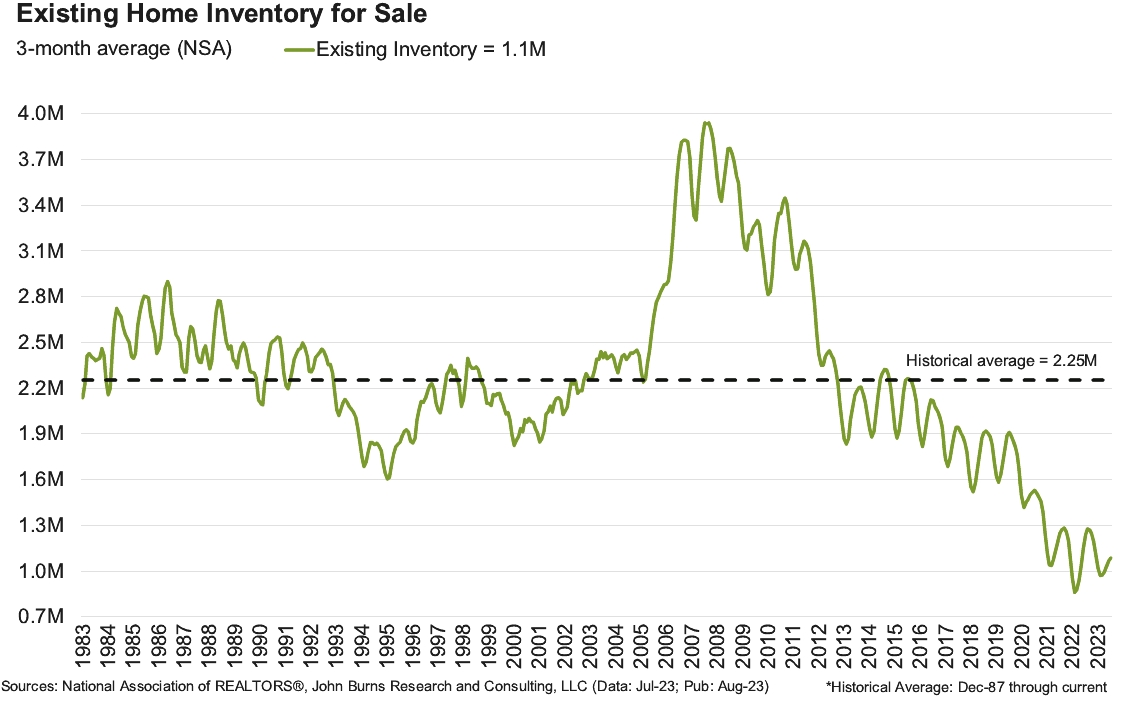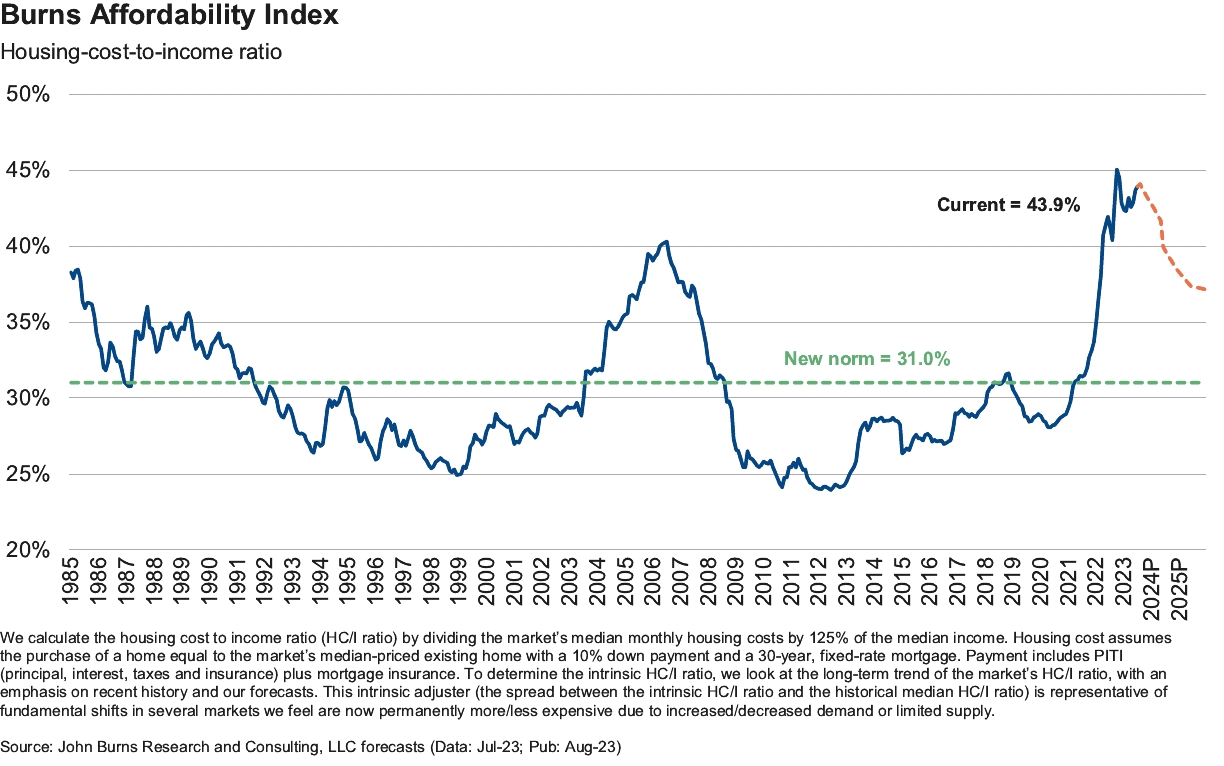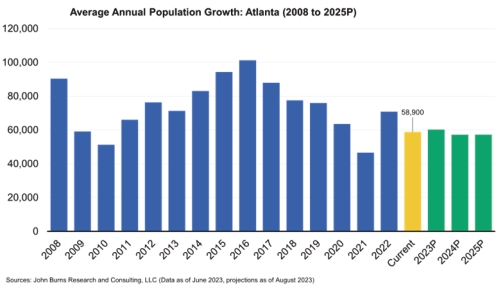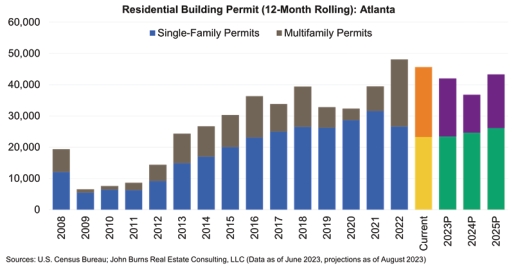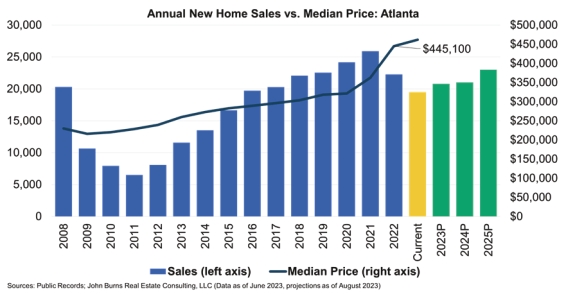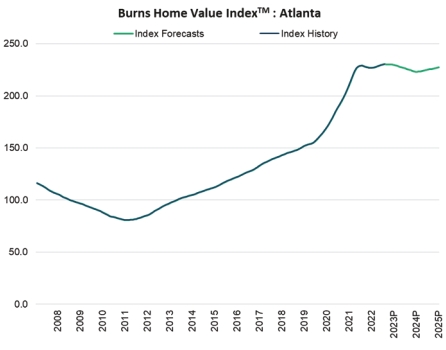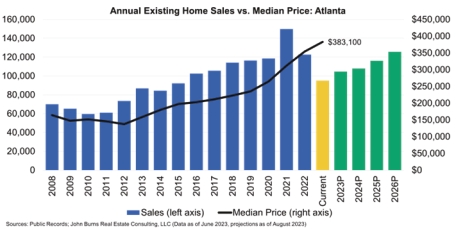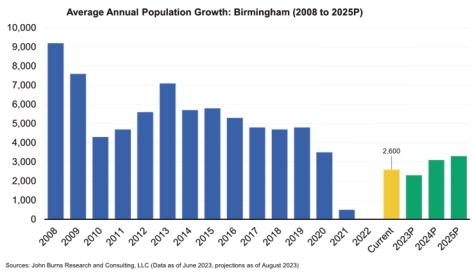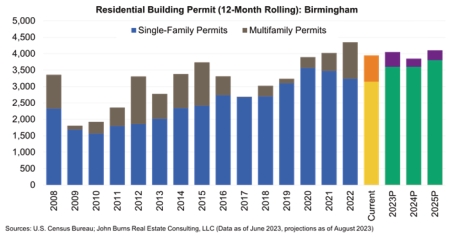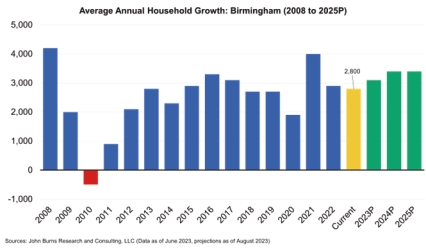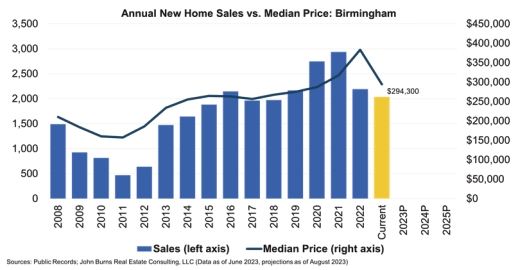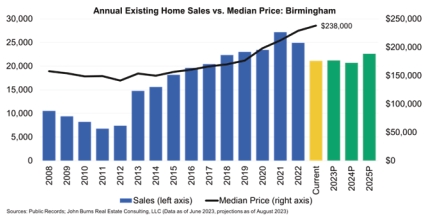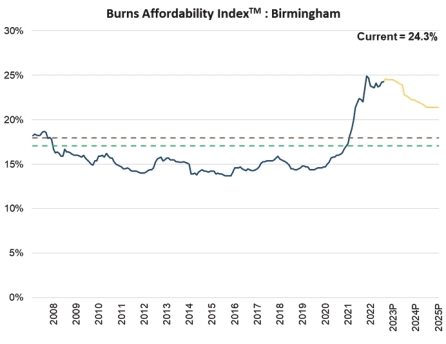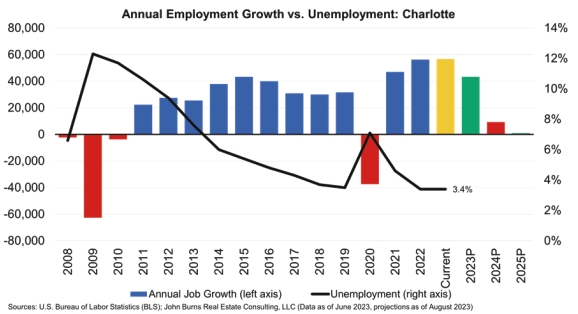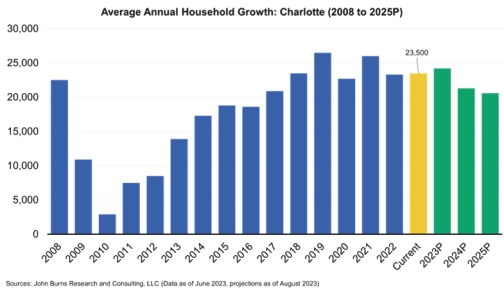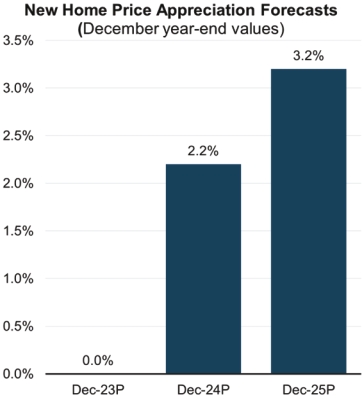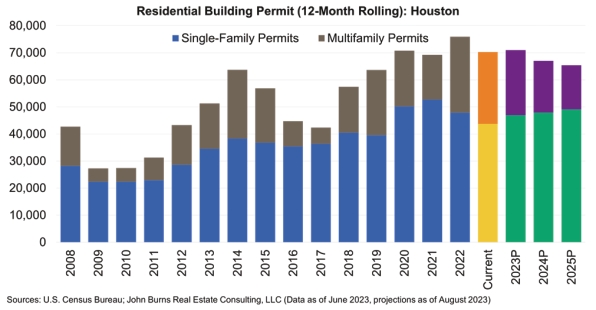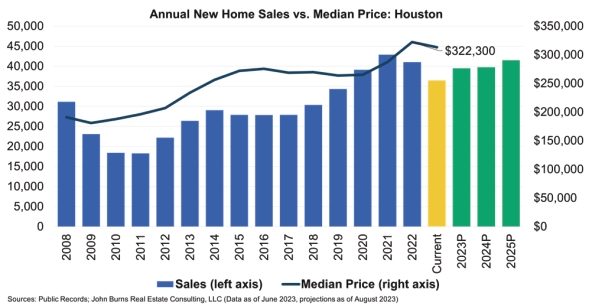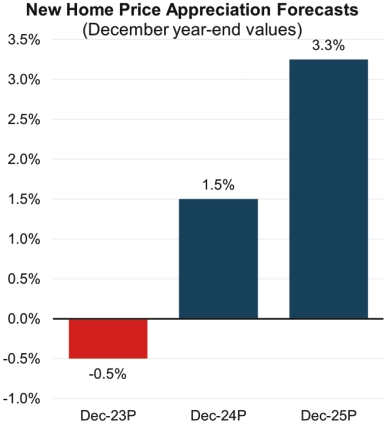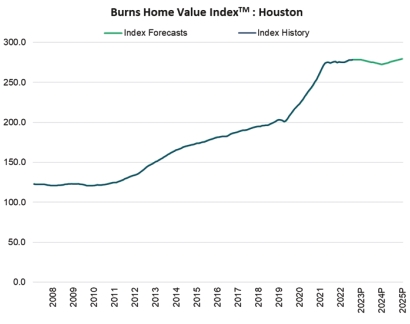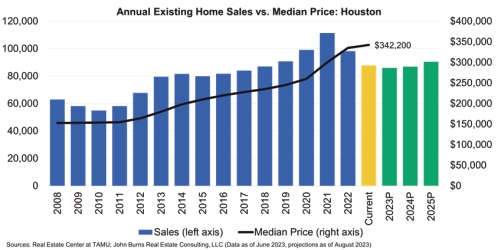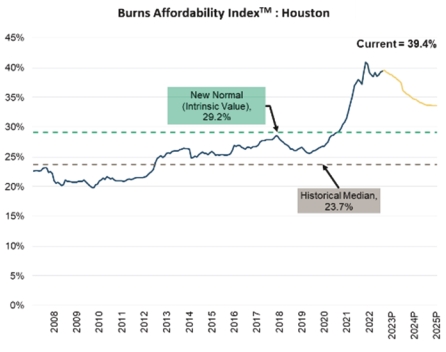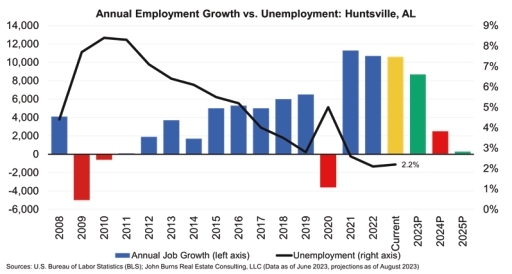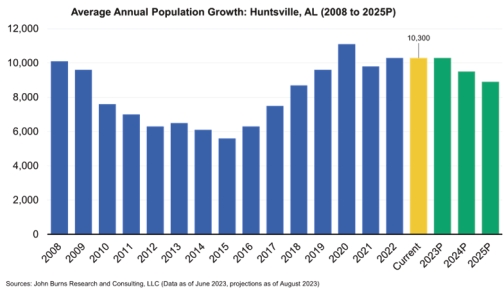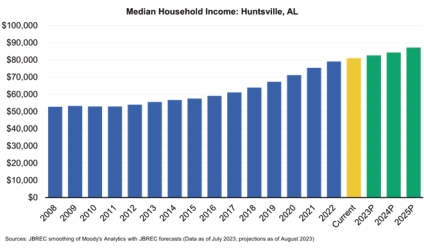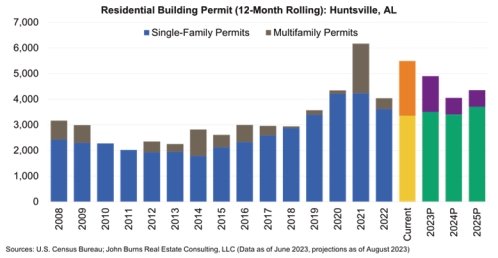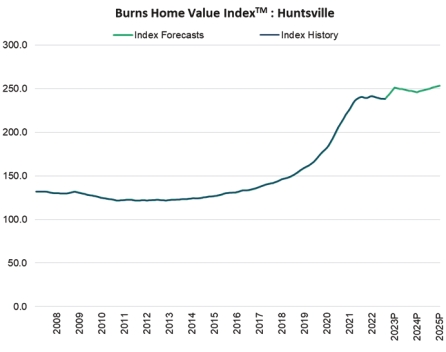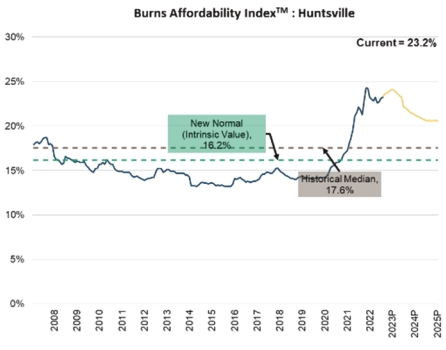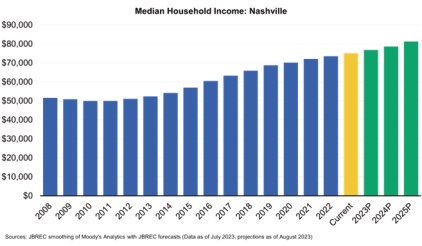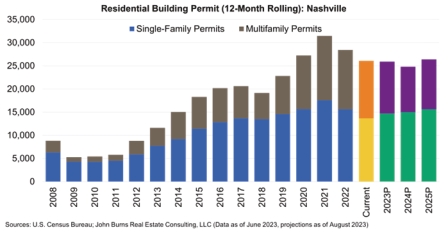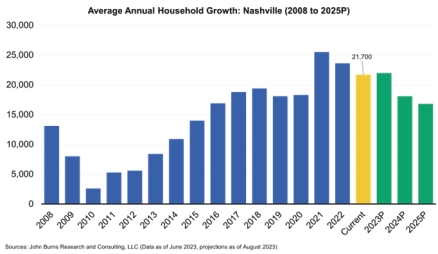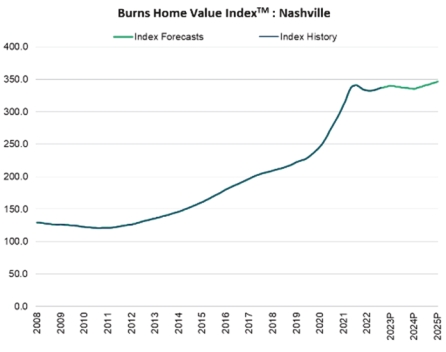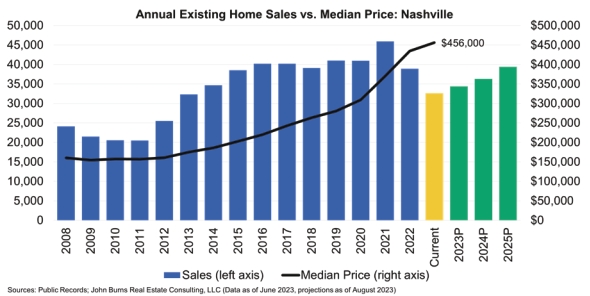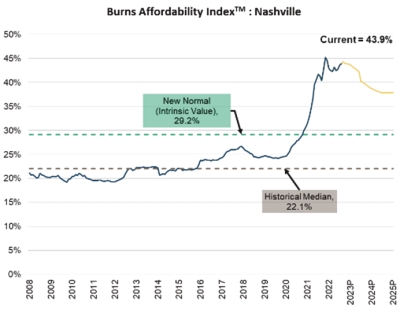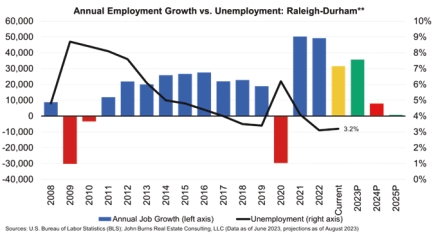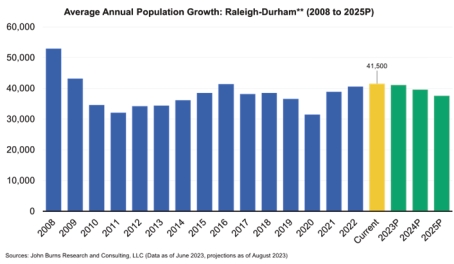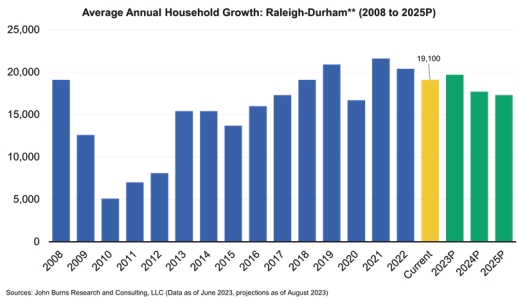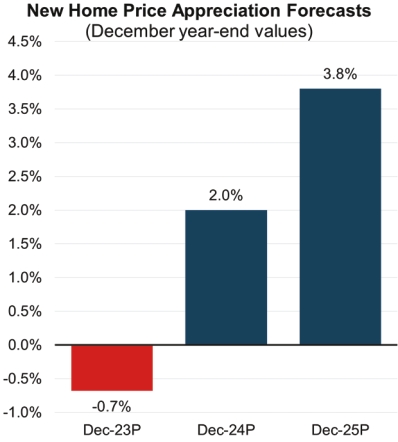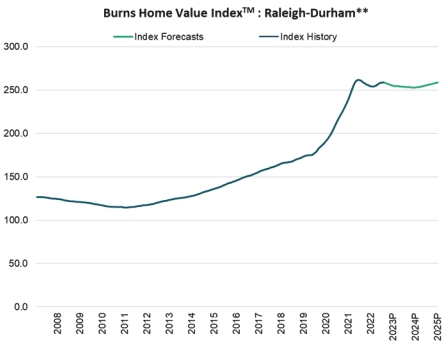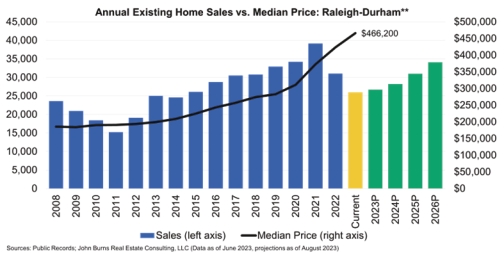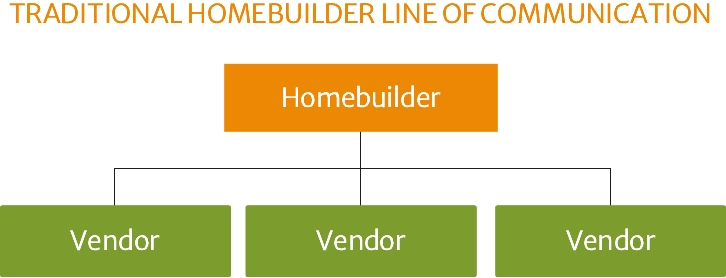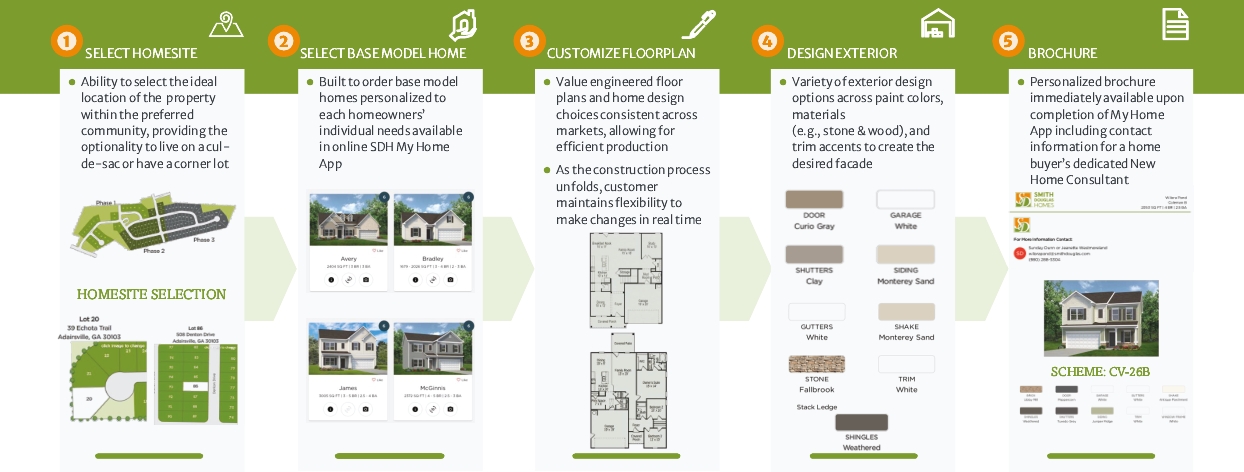Perceived or actual information system failures, cybersecurity incidents or attacks, or other security incidents suffered by us or our critical third-party vendors could adversely affect us.
We rely on accounting, financial, operational, management, and other information systems to conduct our operations. Our information systems, and the information systems of any third-party vendors or suppliers we may use, are subject to damage or interruption from power outages, computer and telecommunication failures, computer viruses, cybersecurity incidents or attacks (including malware, phishing attacks, ransomware attacks, social engineering and attempts to gain unauthorized access to data or other electronic security breaches or similar events, or cybersecurity attacks carried out in a manner that does not require gaining unauthorized access, such as causing denial-of-service attacks on systems or websites and rendering them unavailable or ineffective), other security breaches, natural or man-made disasters, usage errors, negligence or intentional misuse by our employees or third parties, and other related risks. The risk of such damage or interruption has grown with the increased frequency and sophistication of cybersecurity attacks on companies in recent years. We have and may continue to have cybersecurity incidents, attacks, or disruptions and although we have implemented, and our third-party vendors and suppliers may implement, various controls, systems and processes intended to secure these information systems, there can be no assurance that our efforts to maintain the security and integrity of our information systems will be effective or that future attempted cybersecurity incidents, attacks, or disruptions would not be successful or damaging.
Any perceived or actual cybersecurity incident or attack or other disruption or failure in these information systems, or other systems or infrastructure upon which they rely, could result in unauthorized access to and misappropriation of confidential, sensitive, proprietary, or personal information in our possession or control, or extended interruptions of our operations. Furthermore, any perceived or actual failure or breach of any information systems, or related theft, misuse, or loss of data, could result in a violation of applicable data privacy, cybersecurity, and other laws and regulations. In short, a perceived or actual cybersecurity incident, attack, or other disruption could adversely affect our ability to conduct our business, cause significant legal and financial exposure, damage to our reputation, or a loss of confidence in our security measures. Any such incident could harm our business and could have a material adverse effect on our business, prospects, liquidity, financial condition, and results of operations. Given the variety and potential severity of cybersecurity threats, we may not have adequate insurance coverage to compensate against all losses, and we cannot ensure that applicable insurance will continue to be available to us on commercially reasonable terms, or at all, or that our insurer will not deny coverage as to any particular claim.
Our business is subject to complex and evolving laws and regulations regarding data privacy and cybersecurity.
As part of our normal business activities, we collect, use, store, and otherwise process certain personal information, including personal information specific to homebuyers, employees, vendors, and suppliers. We may transfer some of this personal information to third parties who assist us with certain aspects of our business for limited purposes under appropriate contractual arrangements.
The regulatory environment surrounding data privacy and cybersecurity is constantly evolving and can be subject to significant change. Laws and regulations governing data privacy, cybersecurity, and the unauthorized disclosure of personal information pose increasingly complex compliance challenges, including the potential for inconsistent interpretation, and the implementation and maintenance of compliance measures may potentially elevate our costs.
Additionally, laws, regulations, and standards covering marketing, advertising, and other activities conducted by telephone, email, mobile devices, and the internet may be or become applicable to our business, such as the Telephone Consumer Protection Act and the Controlling the Assault of Non-Solicited Pornography and Marketing Act of 2003.
While we have taken commercially reasonable steps to comply with applicable data privacy and cybersecurity laws and regulations, these laws and regulations are in some cases relatively new and the interpretation and application of these laws and regulations are uncertain. Thus, there can be no assurance that our efforts will be deemed effective by regulatory bodies. Any failure, or perceived failure, by us to comply with applicable data privacy and cybersecurity laws and regulations could result in proceedings or actions against us by governmental entities or others, subject us to significant fines, penalties, judgments, and negative publicity, require us to change our business practices, increase the costs and complexity of compliance, and adversely affect our business. As noted above, we are also subject to the possibility of information system failures, cybersecurity incidents or
